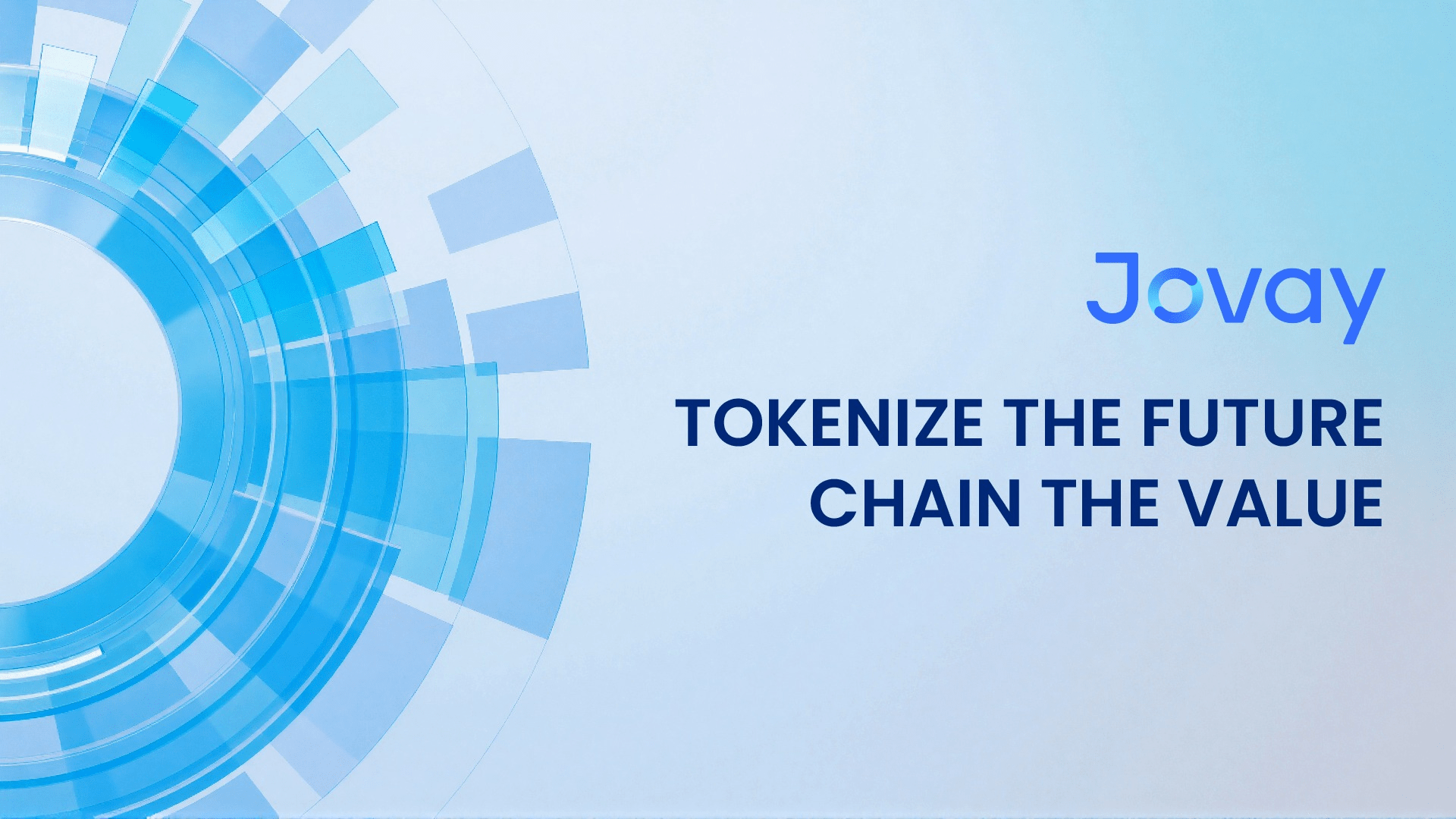On July 15, the Jovay testnet officially launched, serving as a blockchain platform specifically designed by Ant Group for institutional application scenarios, aimed at various application scenarios including RWA. Jovay addresses the core pain points of traditional Layer 2 solutions in performance, security, compliance, and scalability through three key technologies: parallel execution architecture, progressive hybrid verification mechanism, and modular architecture, making large-scale high-frequency trading on-chain possible. It is understood that Jovay plans to complete the mainnet launch in the fourth quarter of 2025.

It is reported that Jovay, through a three-layer parallel architecture at the transaction, block, and batch levels, can significantly enhance throughput while reducing user response time to within 1 second, ensuring real-time performance for scenarios such as transfers and RWA contract calls.
In response to issues such as the long verification time and delayed dispute period of traditional Rollup solutions, Jovay adopts a dual-proving architecture system of Trusted Execution Environment (TEE) and Zero-Knowledge Proof (ZKP in progress), balancing performance while reducing reliance on centralized hardware trust. Jovay also employs a modular architecture, allowing for independent upgrades of core modules based on technological evolution.
Relying on leading technology and mature solutions, Jovay will accelerate the release of asset liquidity. In addition, Jovay plans to integrate Ethereum ecological resources, including decentralized wallets, oracle services, fund custody, and security compliance, ultimately forming an end-to-end digital asset solution. Providing users with convenient, efficient, and secure on-chain asset services.
‘The architectural design of Jovay stems from deep insights into real scenarios,’ Jovay officials stated, ‘Since its debut in Dubai in April, Jovay has been widely welcomed by global institutions. The launch of the Jovay testnet signifies that blockchain has met and addressed the high-quality demands of financial-grade transactions while maintaining a decentralized architecture. This is a key milestone for Web 3.0 infrastructure to enter the mainstream financial market.’

